Lesson 1: Towards modern agriculture
Breakthrough in agricultural production
The melon growing model of Kim Binh Agricultural and Forestry Cooperative (Chiem Hoa) is evaluated by functional sectors as a new prospect in linking production and product consumption between farmers and businesses. This is a high-tech agricultural model, adapting to climate change, helping farmers to be proactive in production, reducing dependence on weather and climate.
The model covers an area of over 3,000 m2, initially growing baby melons, then growing cantaloupes. Mr. Luc Van Thuy, Deputy Director of Kim Binh Agricultural and Forestry Cooperative, said that each year the cooperative grows 4 crops of various melons, earning from 200 to 300 million VND from fruit sales. This is the first high-tech agricultural model in the revolutionary land of Kim Binh. The model not only brings economic efficiency to members, but also contributes to shifting the crop structure in the commune.
The melon growing model of Kim Binh Agricultural and Forestry Cooperative (Chiem Hoa) brings high economic efficiency.
With the implementation of new production models, the transformation of agricultural structure towards gradually reducing inefficient crops, introducing high-yield and high-quality crop and livestock varieties, the agricultural sector of Chiem Hoa district has achieved many results, especially in the field of cultivation. The district has many smart economic models of cultivation and livestock. The district has developed a plan to develop concentrated growing areas for peanuts, rice, biomass corn, and safe vegetables. Currently, the district is implementing 11 projects linking production and product consumption. The value chain production linkage models are all formed on the basis of large-scale fields, land accumulation and concentration, and synchronous mechanization. Through linkage chains, not only does the production value of the agricultural sector increase, but a modern, market-oriented production mindset is also gradually formed for the people.
For many years, the Hop Hoa Agricultural and Forestry Production and Processing Service Cooperative (Son Duong) has become a bright spot in changing the small-scale, fragmented production mindset of farmers. Mr. Bui Van Hoang, Director of the Hop Hoa Agricultural and Forestry Production and Processing Service Cooperative, said that the Cooperative was established in 2019, associated with the development and expansion of raw material areas for growing Solanum procumbens and product consumption. Up to now, the Cooperative has 13 members and more than 40 households associated with growing Solanum procumbens. With this association, people give up land, labor and fertilizer, the Cooperative provides seeds, closely guides techniques and commits to on-site, stable and long-term consumption according to contract prices. Currently, Solanum procumbens is grown in 5 communes of Dong Tho, Quyet Thang, Son Nam, Hop Hoa, Thien Ke with more than 15 hectares, each hectare brings in an average revenue of over 150 million VND/year.
Not only cooperatives but also localities and enterprises in the province have been more proactive in the production and business process, joining hands with farmers to increase the value of agricultural products. The whole province currently has nearly 100 production chains linked to product consumption being deployed and implemented. Products participating in the linkage include sugarcane, cucumber, chili, corn, tea, sachi, Solanum procumbens, green hemp, livestock, poultry, etc. From these linkages, over 16,000 tons of agricultural products have been consumed for farmers.
Towards sustainable growth
The Resolution of the Congress of Tuyen Quang Provincial Party Committee for the 2020 - 2025 term has chosen the breakthrough as: "Developing agricultural and forestry commodity production, focusing on key products and specialty products ensuring quality standards and high added value associated with new rural construction".
Implementing the Resolution of the Congress, the provincial Party Committee and government have issued many resolutions, programs, projects, policies and plans for agricultural and rural development in the period of 2021 - 2025, serving as a basis for the provincial Department of Agriculture and Rural Development to restructure production, focusing on specialty products with competitive advantages, on the basis of regional planning to promote production development and maximize local advantages.
Thanks to that, up to now, the province's agriculture has developed quite comprehensively and is shifting towards large-scale commodity production with increasingly high productivity and quality. At the same time, gradually shifting from production thinking to agricultural economic thinking, contributing to increasing the value per unit area and income for farmers.
Currently, the whole province has 8,653 hectares of oranges, of which 687 hectares are produced according to VietGAP standards and 30 hectares according to organic standards, 8,468 hectares of tea, of which 729 hectares are produced according to sustainable agriculture standards; 93 hectares of VietGAP standards and 24 hectares of organic standards; 4,568 hectares of peanuts; 5,190 hectares of grapefruit; 2,900 hectares of sugarcane; 140,000 hectares of forest, of which over 35,000 hectares have been granted FSC sustainable forest certification. To date, the whole province has 248 OCOP products recognized as achieving 3 stars or more. Of which, Ham Yen oranges, Na Hang Shan Tuyet tea, and Soi Ha grapefruit are certified for geographical indications. Ham Yen oranges alone are one of the 50 most delicious fruits in Vietnam... In 2024, the province will have 7 agricultural products including green-heart black bean tea bags; Guava tea, male papaya flowers soaked in honey; dried bananas; Soi Ha grapefruit; lemon syrup, and kumquat syrup are selected for export to the UK market.
Agricultural production is developing in the right direction, with a very large volume of products produced annually. The large agricultural output has promoted the development of the processing industry. From 2021 to present, the province has attracted investment in dozens of projects to develop agricultural, forestry and fishery production and processing with a total committed capital of tens of billions of VND. Currently, there are nearly 100 enterprises directly producing, trading and processing agricultural, forestry and fishery products, creating jobs for about 30,000 workers/year.
Comrade Nguyen Dai Thanh, Director of the Department of Agriculture and Rural Development, affirmed that the province's agriculture has developed quite comprehensively, ensuring food security, making an important contribution to political and social stability. In recent years, although the agricultural sector has encountered many difficulties due to natural disasters, epidemics as well as high prices of materials, fertilizers, and animal feed, the province's agricultural production has remained steadfast, still being the "pillar" of the economy, first of all ensuring food security, the growth rate of the sector has reached over 4%/year, making an important contribution to the overall economic growth of the province. This shows that agriculture is an all-encompassing economic sector, a socio-economic structure that is not a single economic sector, because it brings life and benefits to hundreds of thousands of people.
It can be seen that after many years of restructuring the agricultural sector, the province's agriculture has made positive changes. The provincial agricultural sector is gradually integrating, innovating and effectively applying the achievements of modern agriculture.
Article and photos: Ly Thu
(continued)
Source: https://baotuyenquang.com.vn/co-cau-lai-nganh-nong-nghiep-co-hoi-va-thach-thuc-197347.html


















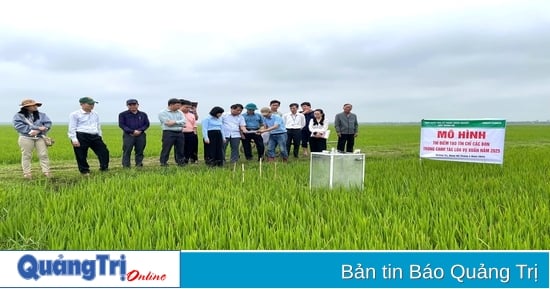

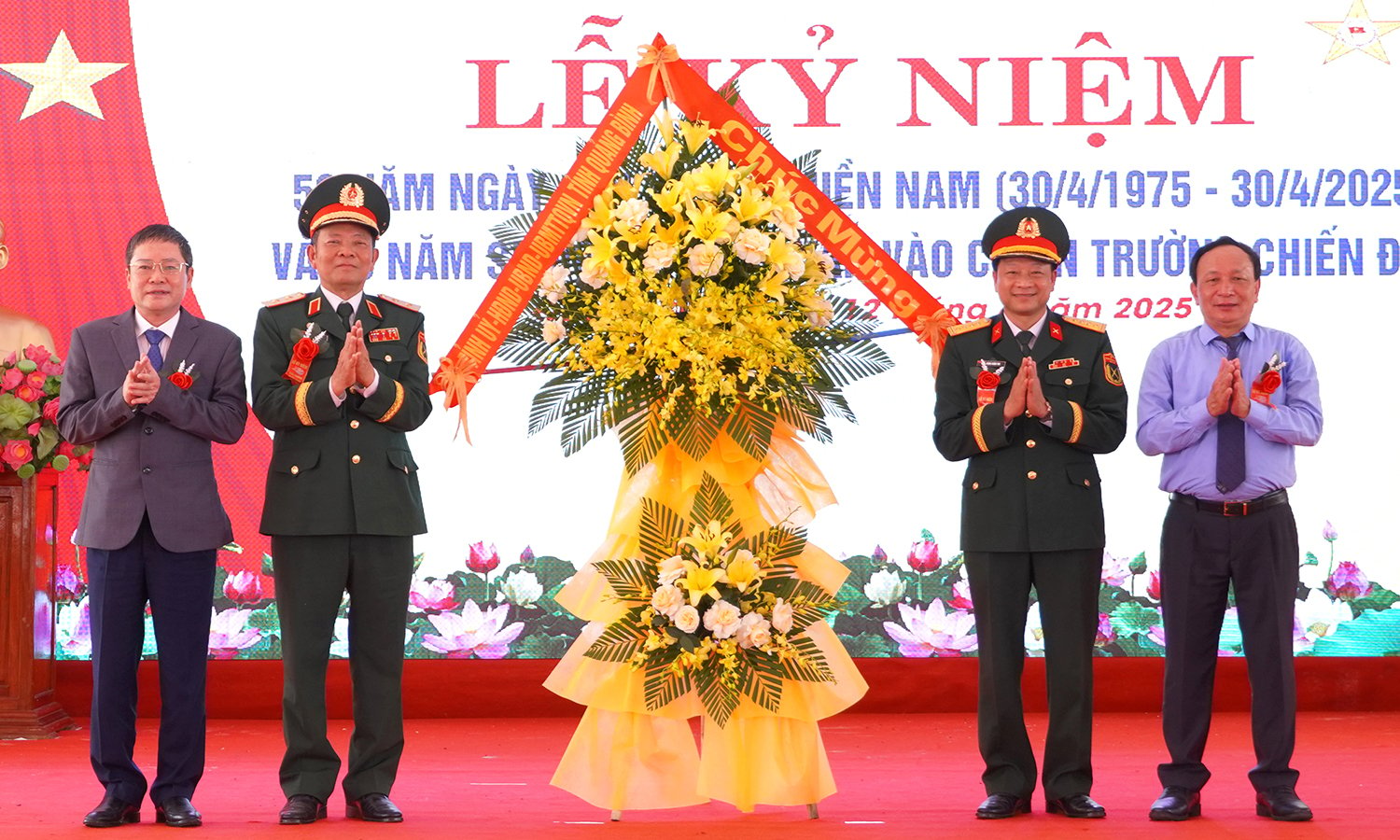


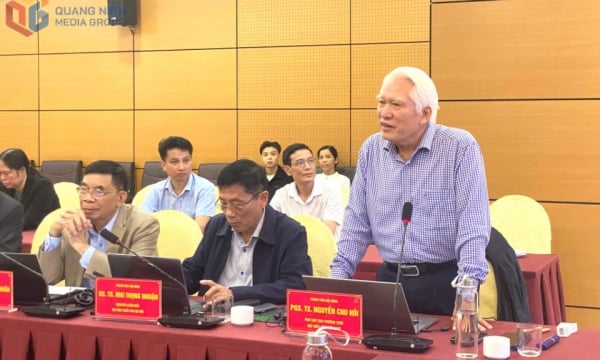






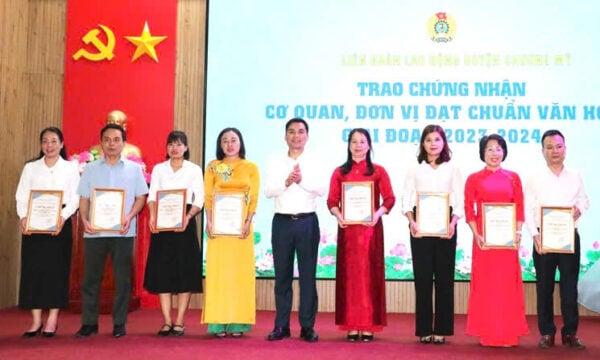
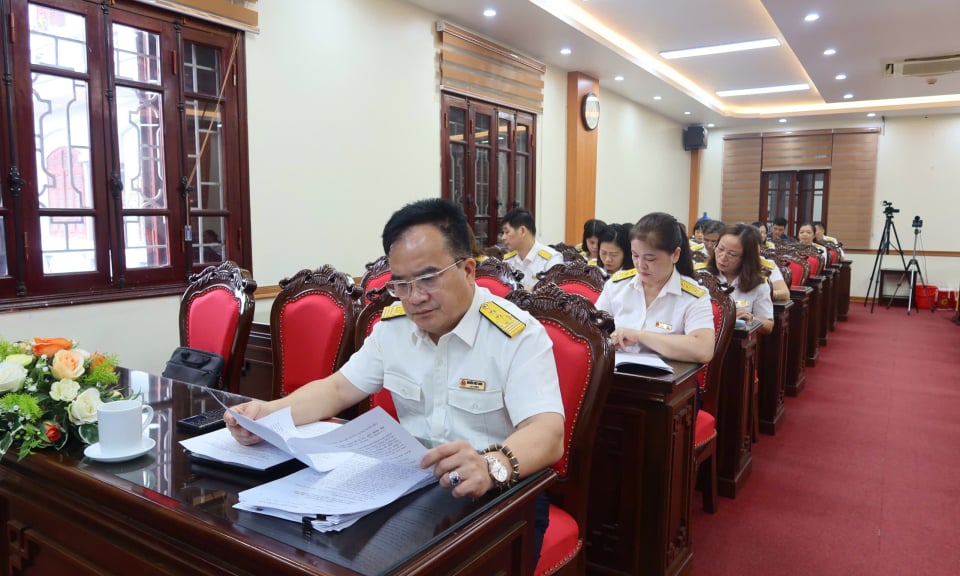
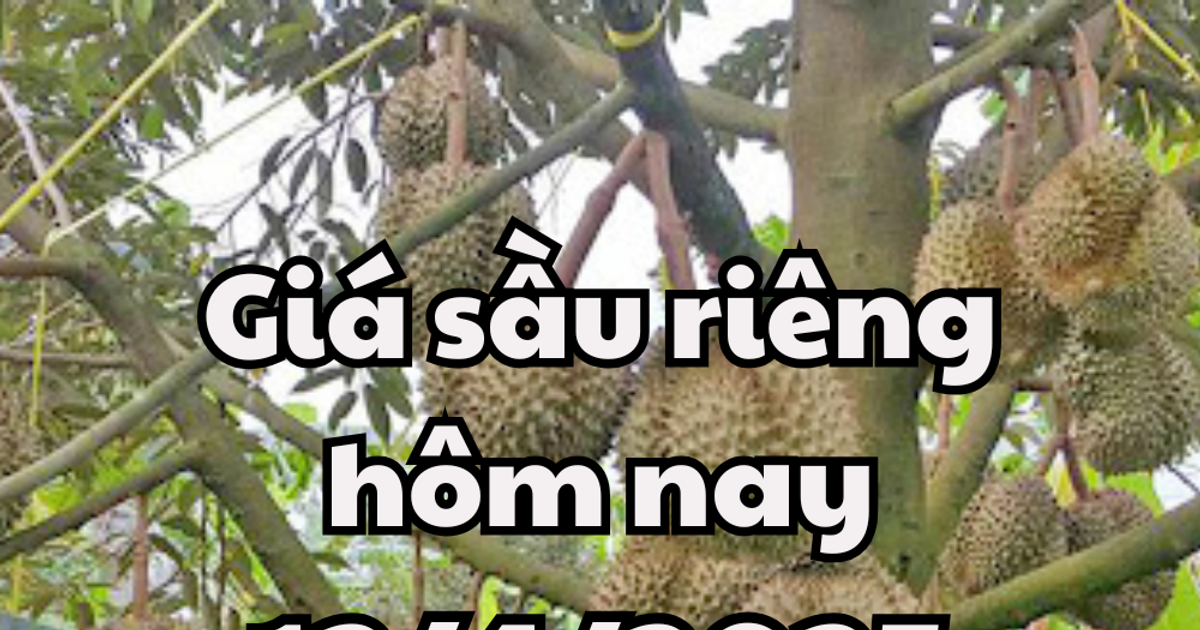
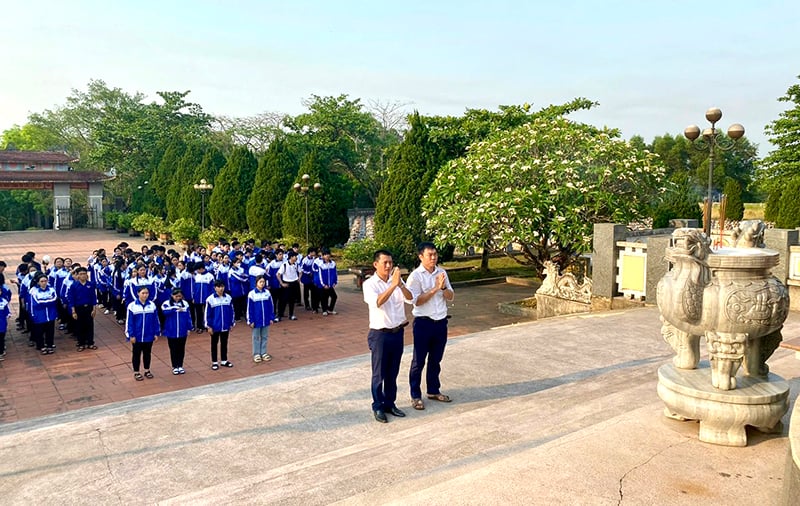


![[Photo] "Beauties" participate in the parade rehearsal at Bien Hoa airport](https://vstatic.vietnam.vn/vietnam/resource/IMAGE/2025/4/11/155502af3384431e918de0e2e585d13a)













































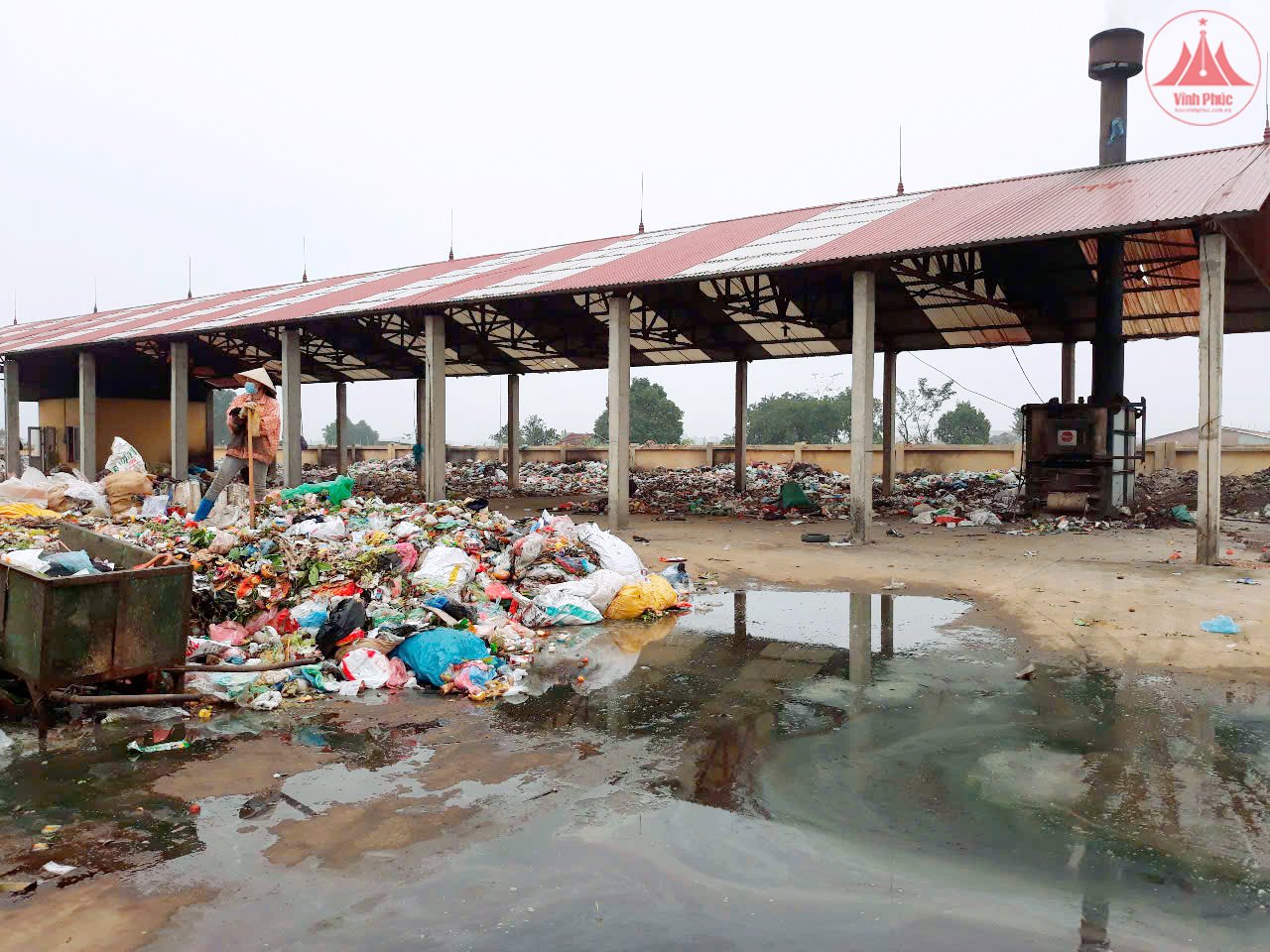
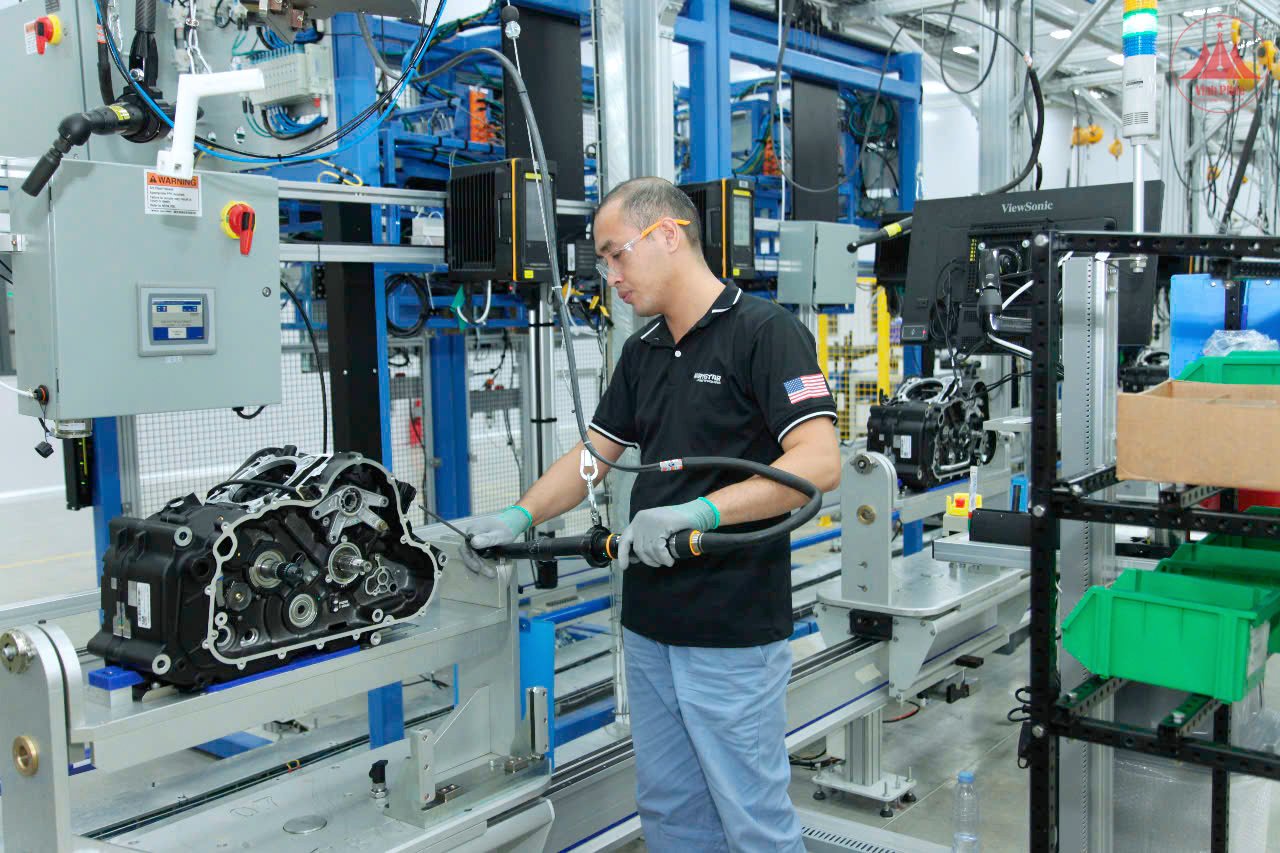
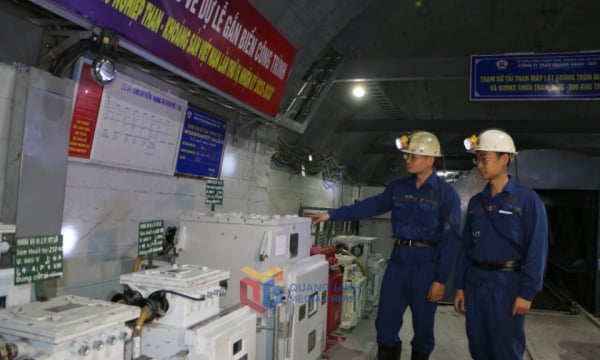

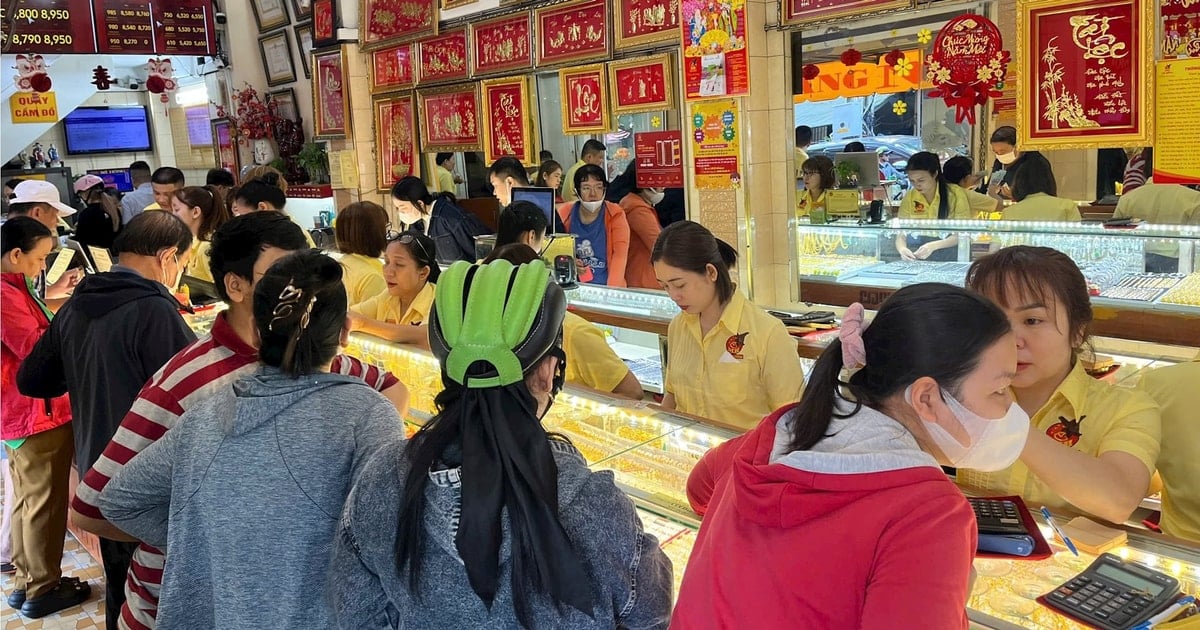





Comment (0)